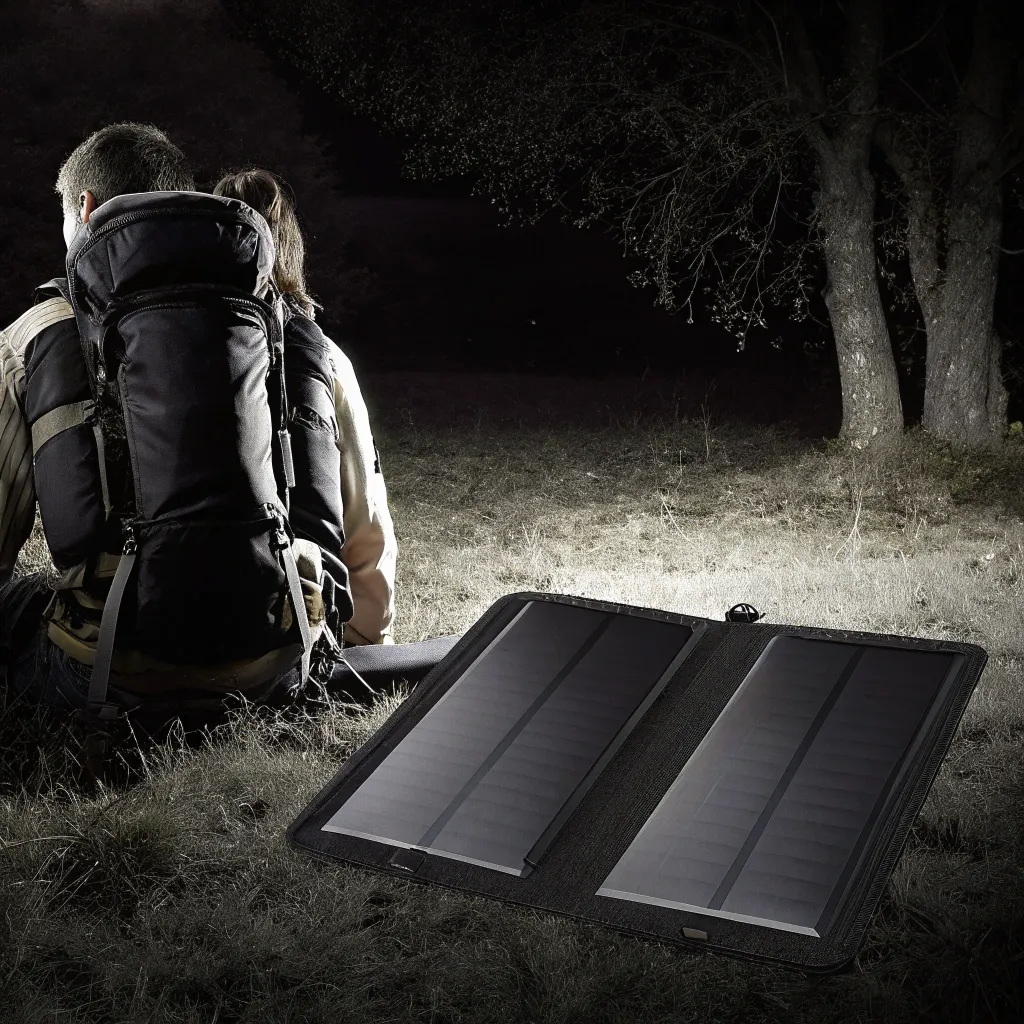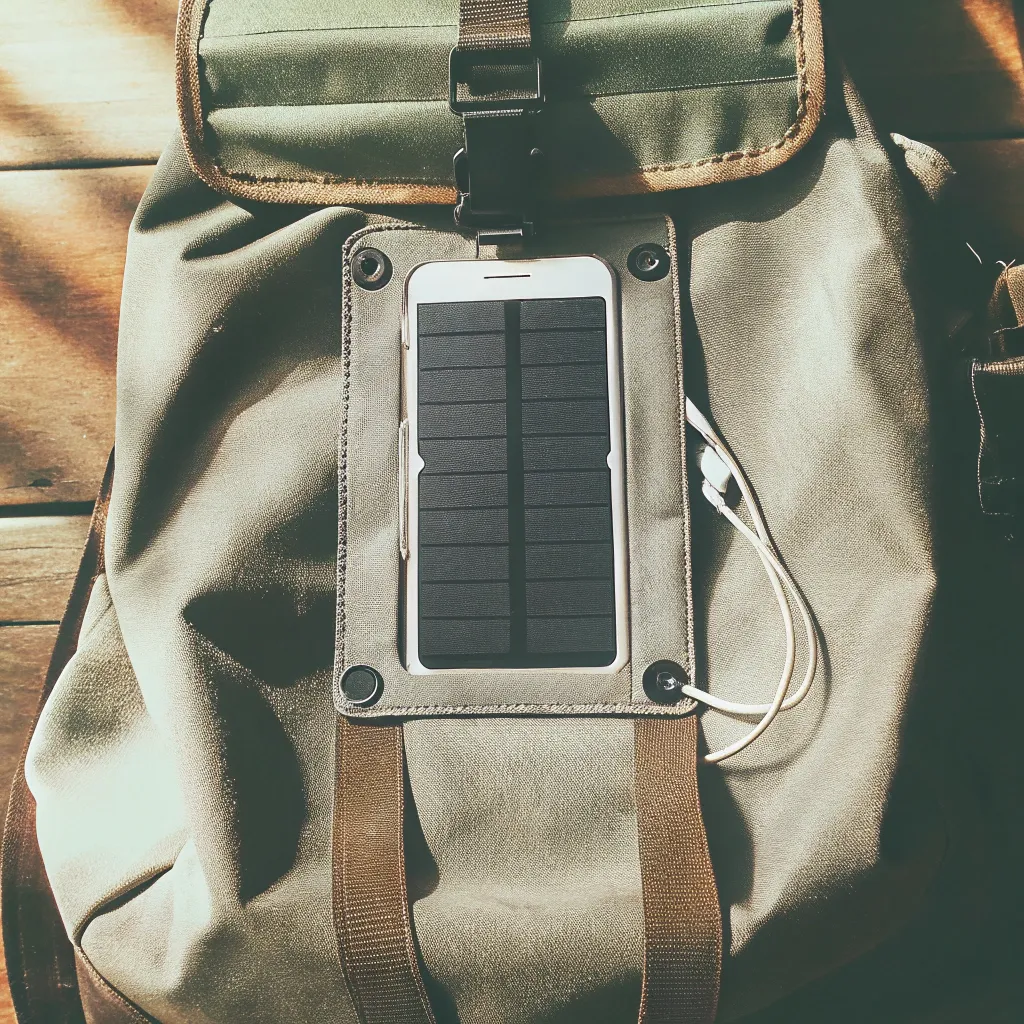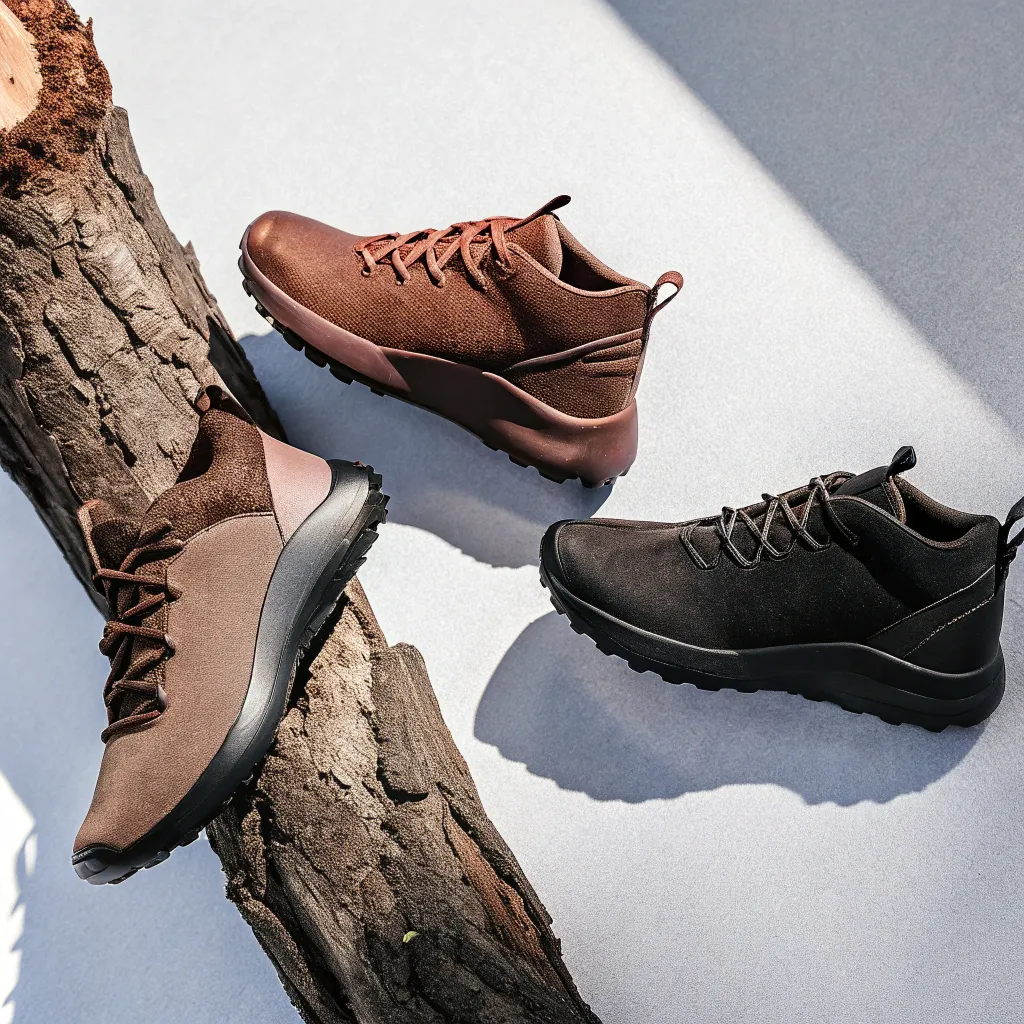Heading out on a multi-day trek and wondering if you should add a solar charger to your pack? It's a question that divides the hiking community more than the debate about hiking poles. While the promise of unlimited power in the backcountry sounds appealing, the reality involves tradeoffs that aren't immediately obvious when browsing those sleek panels online.
The Weight-to-Power Reality Check
Let's face it—weight is the currency of hiking. Every ounce matters when you're covering serious mileage. Most portable solar panels designed for backpacking weigh between 7-16 ounces (200-450g), not including any attached power banks. That's roughly equivalent to carrying an extra liter of water or several days' worth of snacks.
According to discussions on r/Ultralight, "For the vast majority of users in the vast majority of locations, portable solar panels are not worth the weight for the use." This sentiment is common among distance hikers who've experimented with solar options.
The math simply doesn't add up for shorter trips. If you're out for 2-3 days, a decent 10,000mAh power bank weighs less and provides guaranteed power regardless of weather conditions. No fussing with panel angles or sun exposure required.

When Solar Actually Makes Sense
Despite the weight concerns, there are legitimate scenarios where solar becomes worthwhile:
- Extended backcountry trips lasting 4+ days without access to power outlets
- Through-hiking remote trails where resupply points are limited
- Expedition-style adventures where multiple devices need charging
- Sunny environments with minimal tree cover or frequent clear skies
A Reddit user in r/hiking noted, "4+ days with nowhere to plug in to the powergrid? Yes it is worth it to bring light weight solar panels." This perspective reflects the practical reality that on longer journeys, the ability to generate power can outweigh the extra pack weight.
Practical Efficiency Considerations
Solar charging isn't as simple as slapping a panel on your pack and forgetting about it. The real-world charging efficiency depends on several factors:
- Panel wattage: 10W panels are lighter but charge slowly; 20W+ panels charge faster but add significant weight
- Sun angle: Panels need proper orientation toward the sun, not just casual attachment to your pack
- Time of day: Morning and late afternoon sun produces significantly less power
- Weather conditions: Cloud cover dramatically reduces charging efficiency
- Tree cover: Forest trails with canopy cover severely limit solar effectiveness
As noted by The Trek, "This unwieldy size, while awkward, make 20W panels better for charging during breaks when time is limited. Angling a panel of this size towards the sun can make a significant difference."
What About Solar Power Banks?
Those all-in-one solar power banks you see everywhere? I've tried a few, and honestly, they're rarely worth it. The tiny integrated panels typically provide negligible charging in real hiking conditions. They're basically regular power banks with a solar panel that might—on a perfect day—restore a small percentage of capacity.
According to David on Earth's review of solar charger power banks, while they can be "sturdy and durable with a well-designed waterproof case," it's important to note that "'waterproof' doesn't mean you can submerge it." More importantly, the small integrated panels simply don't generate meaningful power during typical hiking days.
Is Solar Right For Your Next Hike?
Before adding a solar charger to your pack, ask yourself:
- How long will I be away from power sources?
- What devices do I absolutely need to keep charged?
- What's the typical weather and terrain on my route?
- Am I willing to actively manage the panel throughout the day?
For weekend warriors and those hiking in cloudy or heavily forested regions, the answer is likely no—stick with a power bank. For extended desert hikes or multi-week adventures, solar might be worth the weight penalty.
Remember that unplugging completely is also an option. Sometimes the best technology on a hike is no technology at all.






